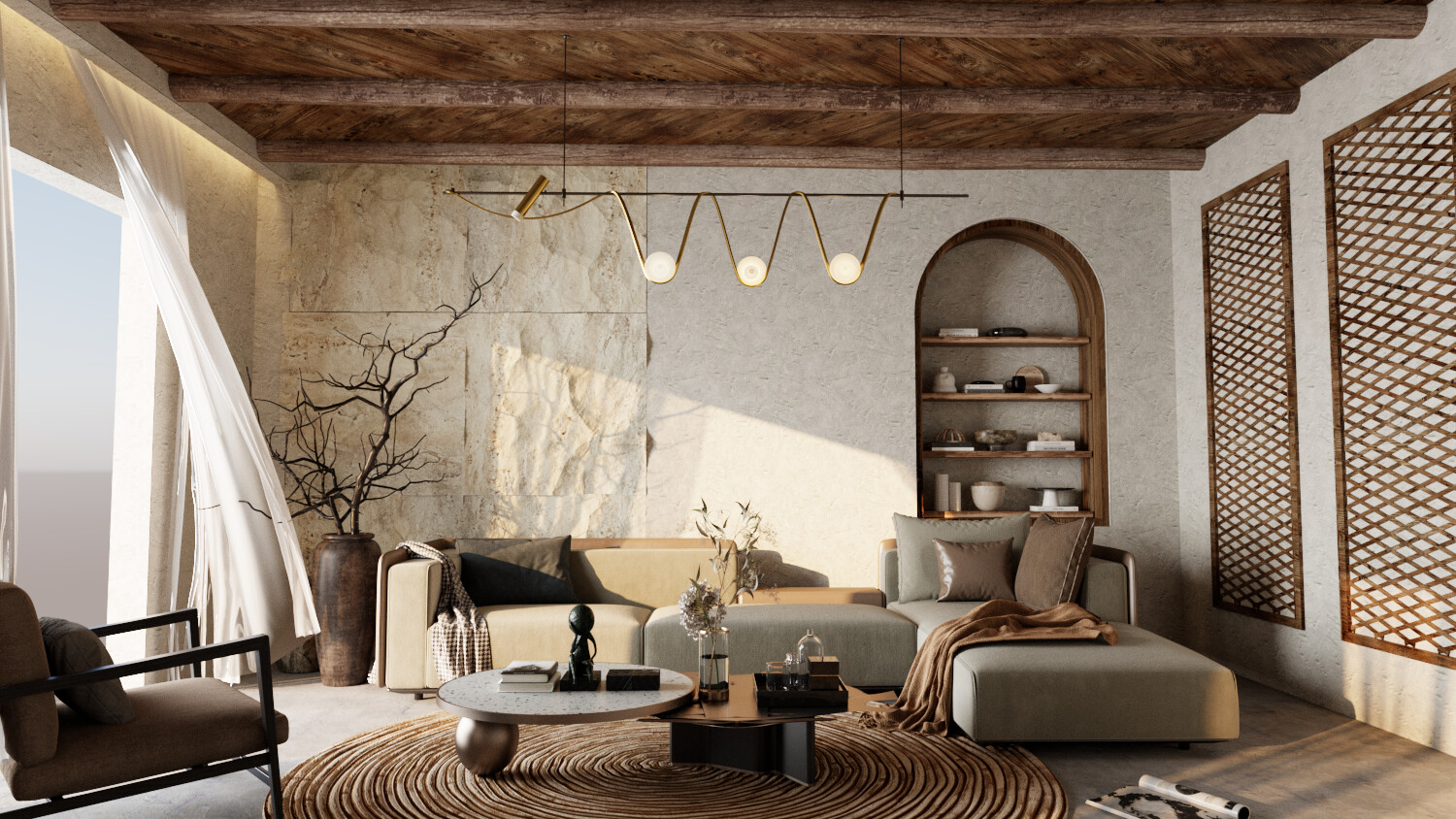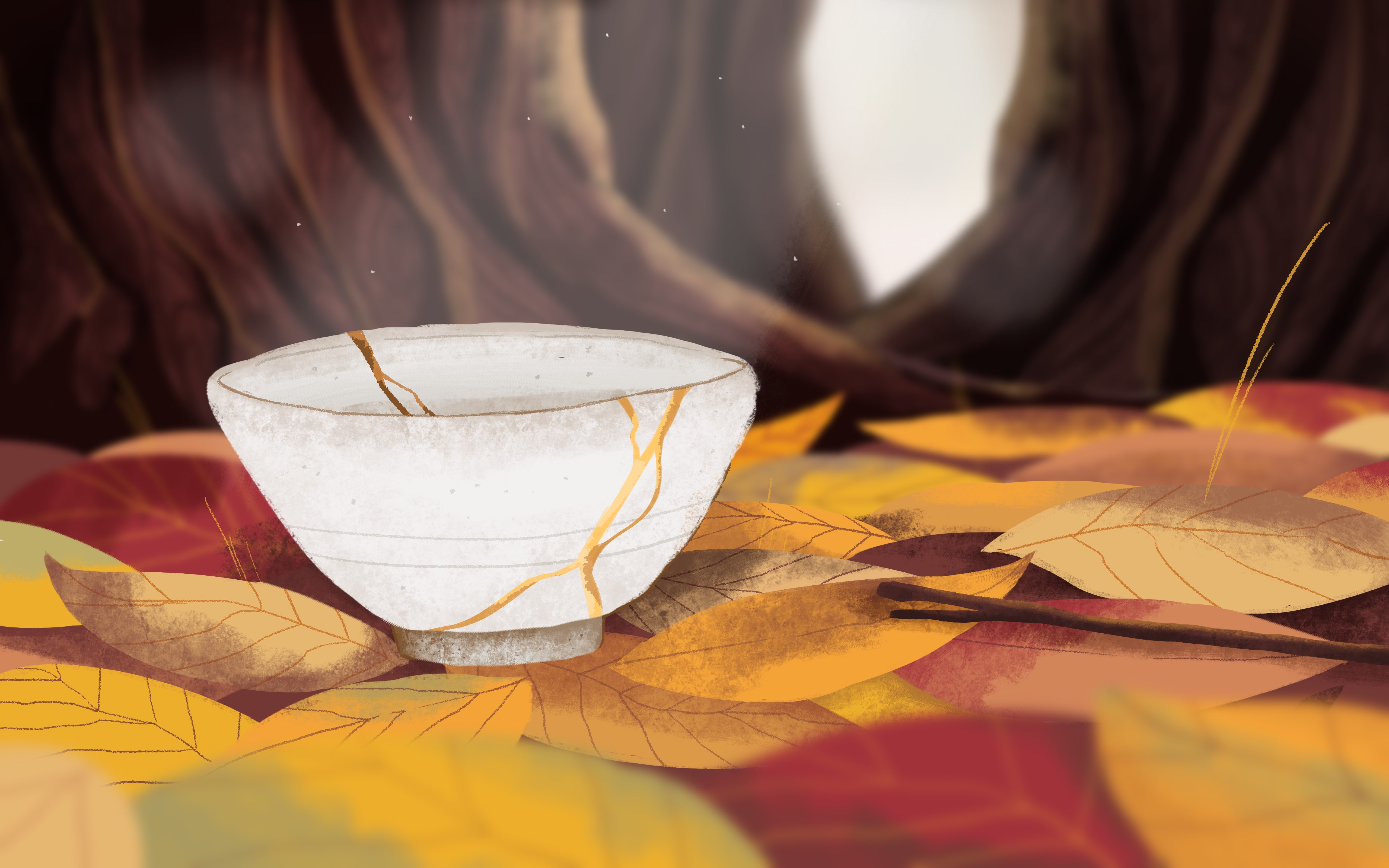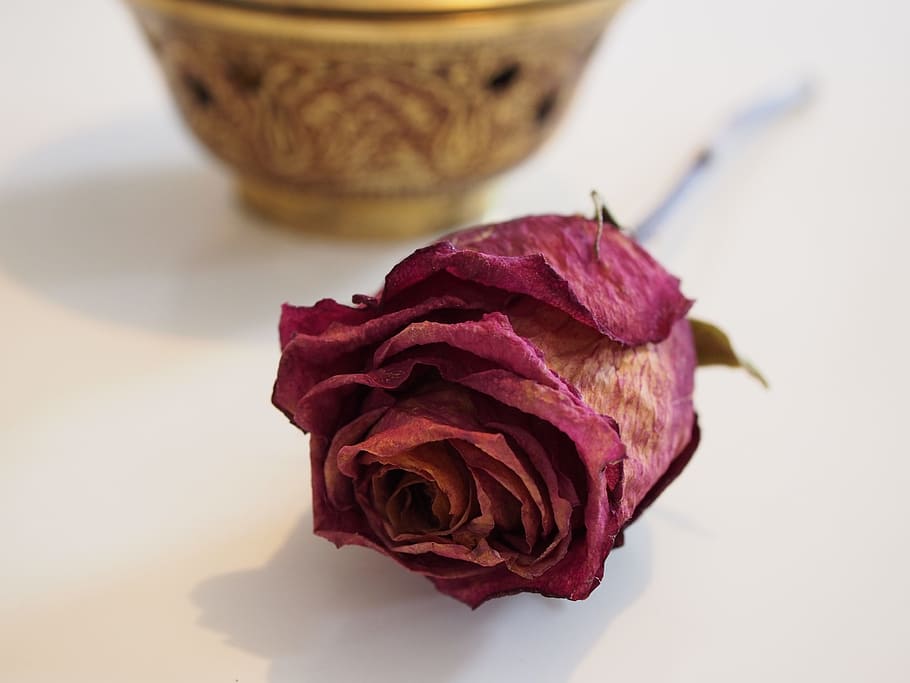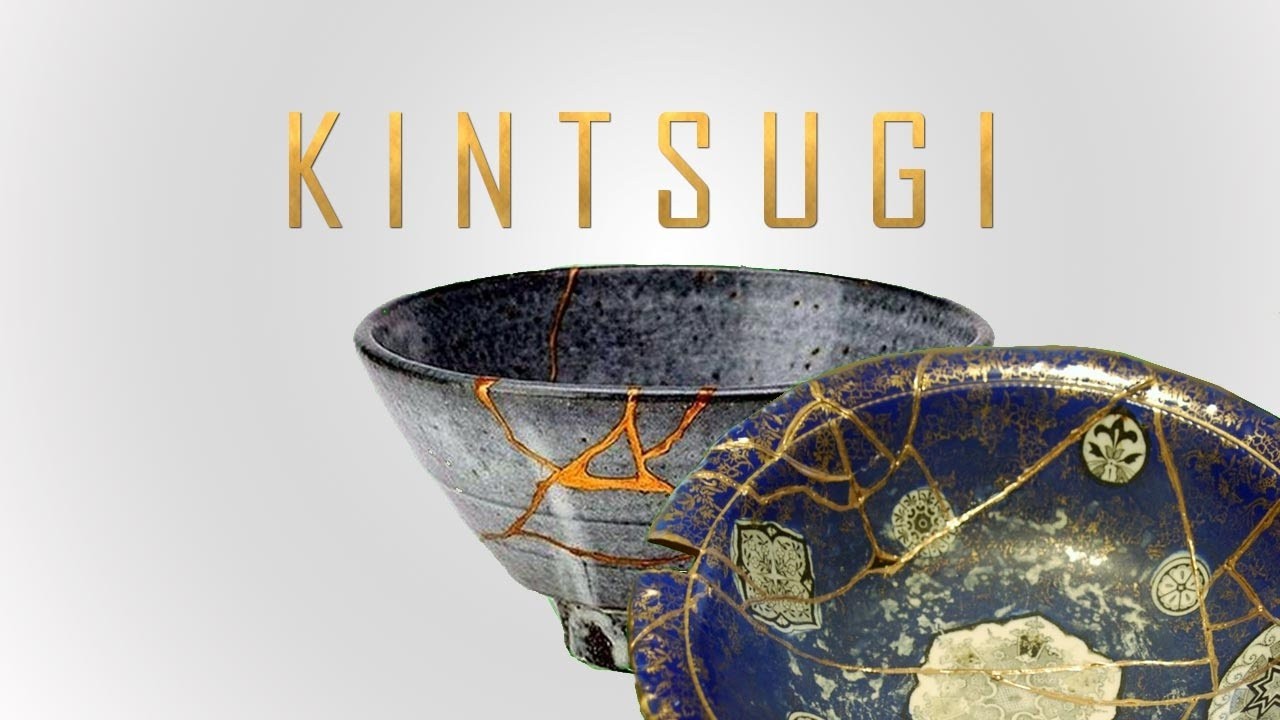
Wabi-Sabi Style: Embracing the Beauty of Imperfection and the Tranquil Harmony of Life's Flaws
In a world that often clamors for perfection and precision, the Japanese philosophy of Wabi-Sabi emerges as a serene counterpoint, inviting us to rediscover the profound beauty inherent in imperfection and transience. More than a design aesthetic, Wabi-Sabi is a way of life deeply rooted in Zen Buddhism, permeating various facets of art, design, and daily living. It serves as a guiding principle, encouraging individuals to find tranquility in simplicity and wisdom in acknowledging the transient nature of life.
1. Origins of Wabi-Sabi:

The rich tapestry of Wabi-Sabi finds its origins in ancient Japan, weaving through the intricate traditions of the Buddhist tea ceremony. "Wabi" originally denoted the solitude and simplicity of remote mountain living, while "Sabi" embraced the beauty associated with the patina of age. Over time, these concepts gracefully merged, giving birth to Wabi-Sabi—a celebration of the imperfect, the impermanent, and the incomplete.
2. Acceptance of Imperfection:
At the very heart of Wabi-Sabi lies the profound acceptance of imperfection. In the realm of design, this philosophy manifests in the deliberate embrace of irregularities—be it the handmade pottery's subtle imperfections, the weathered allure of materials narrating tales of time, or the intentional asymmetry that mirrors life's ebbs and flows. Wabi-Sabi encourages us to discern and cherish beauty in the worn, the weathered, and the unpolished.
3. Simplicity and Modesty:

Wabi-Sabi design becomes a conduit for simplicity and modesty, shedding excess to spotlight the essential. Unadorned spaces, a muted color palette, and minimalist decor collectively forge an ambiance of tranquility. The philosophy underscores that true beauty is not ensconced in opulence but unveiled in the quiet elegance of simplicity.
4. Connection to Nature:
Nature's omnipresence is a guiding force in Wabi-Sabi design choices. Organic materials, natural textures, and a color palette mirroring earth's hues form an unbroken link between indoor and outdoor spaces. Wabi-Sabi design aspires to emulate the cycles of nature, celebrating the passage of time through subtle nuances.
5. Appreciation for Transience:

Wabi-Sabi extends a warm invitation to acknowledge and appreciate the transience of life. In the realm of design, this acknowledgment is reflected in materials that gracefully age—such as weathered wood or oxidized metal. The philosophy encourages us not only to find beauty in fleeting moments but also to wholeheartedly embrace the inevitability of change.
6. Handcrafted and Artisanal Elements:
A defiance of mass-produced perfection, Wabi-Sabi champions the use of handcrafted, artisanal elements that bear the distinctive mark of their creator. Irregularities and variations in handmade objects are not flaws but celebrated as unique expressions of human touch and individuality.
7. Asymmetry and Irregularity:

Symmetry yields to asymmetry, and regularity bows to irregularity in Wabi-Sabi design. This deliberate departure from perfect balance crafts an aesthetic that feels inherently human and authentic. It invites a perpetual sense of curiosity and discovery, ensuring that spaces intentionally bear the mark of imperfection.
8. Muted Colours and Earth Tones:
The Wabi-Sabi color palette leans towards subtlety, featuring muted tones and earthy hues. Soft greens, browns, greys, and whites dominate, creating a calming and harmonious atmosphere. This understated palette serves as a visual testament to the inherent beauty found in simplicity.
9. Incorporating Kintsugi:
A tangible embodiment of Wabi-Sabi, the Japanese art of Kintsugi takes form as broken pottery is meticulously repaired with lacquer mixed with powdered gold, silver, or platinum. This technique doesn't conceal the cracks but proudly highlights them, transforming the mended object into a thing of enhanced beauty. Kintsugi encapsulates the philosophy of embracing imperfections and finding value in the process of repair.
10. Mindful Living:
Wabi-Sabi transcends design aesthetics, blossoming into a way of life. Mindfulness, savoring simple pleasures, and cultivating contentment in the present moment form integral facets of a Wabi-Sabi-inspired lifestyle. It nudges us to slow down, revel in the small details, and nurture gratitude for the beauty seamlessly woven into everyday life.
Conclusion:
Embracing Wabi-Sabi design and philosophy propels us into a realm where imperfection, impermanence, and incompleteness are not only accepted but exalted. The spaces we create become a canvas, resonating with authenticity and tranquility. The patina of age and the evidence of a well-lived life are not concealed but rather celebrated. As Wabi-Sabi gracefully integrates into our homes and lives, we unearth a profound connection to the world around us. The enduring appreciation cultivated through this philosophy reminds us that true beauty emerges from life's natural cycles, where each moment, imperfect and transient, is a testament to the art of embracing the imperfect in a perfect world.








